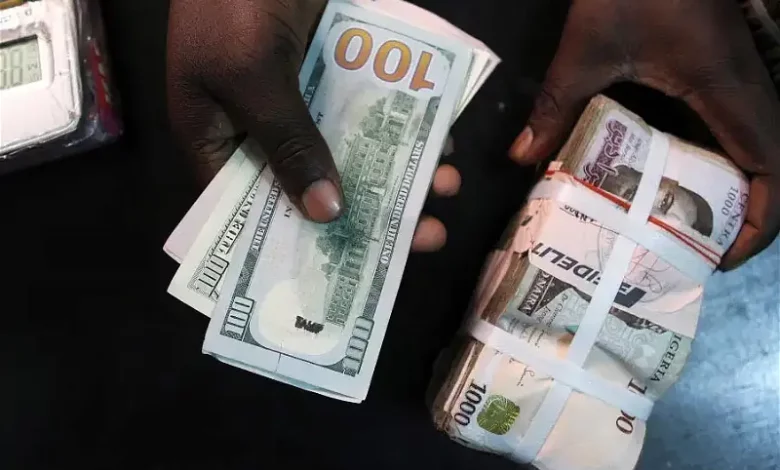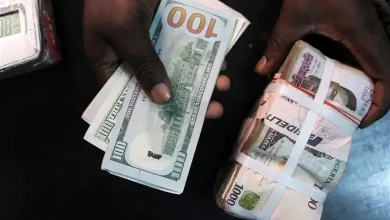Naira Against Dollar as at Today 17th February 2025

The naira has kicked off the year with its strongest rally in 13 years, mirroring an early surge in 2024 that was ultimately undone by foreign investors cashing out. But this time, the forces at play suggest the story may unfold differently.
Since December 2024, the naira has gained 9 percent, strengthening from N1,662/$ on Dec. 2 to N1,509/$ on Feb. 13, the biggest gain among African currencies, according to BusinessDay data.
In January alone, it appreciated 4 percent (N63.14), hitting a seven-month high of N1,478.22/$. The last time the currency appreciated in the month of January was in 2012.
The last time the naira surged this quickly, the gains were short-lived. In March 2024, the currency rallied from N1,600/$ the previous month to a peak of N1,300/$ on the back of surging foreign portfolio inflows (FPIs) and diaspora remittances. That remarkable turnaround saw the naira go from the world’s worst-performing currency to its best performer in a matter of weeks.
However, as dollar inflows slowed, cracks in the FX market reappeared. By July, the naira had not only erased its gains but had fallen to an even weaker N1,660/$.
Market insiders attributed the sharp reversal to a decline in dollar supply and profit-taking by foreign investors. Many had entered the market at N1,600/$, only to exit when the rate dropped to N1,300/$, locking in gains. Those who invested in Nigerian bonds—after the CBN adjusted rates to align with inflation—saw even higher returns upon exiting.
“If the naira appreciates too quickly, foreign investors may seize another profit-taking opportunity, as they did last year,”






